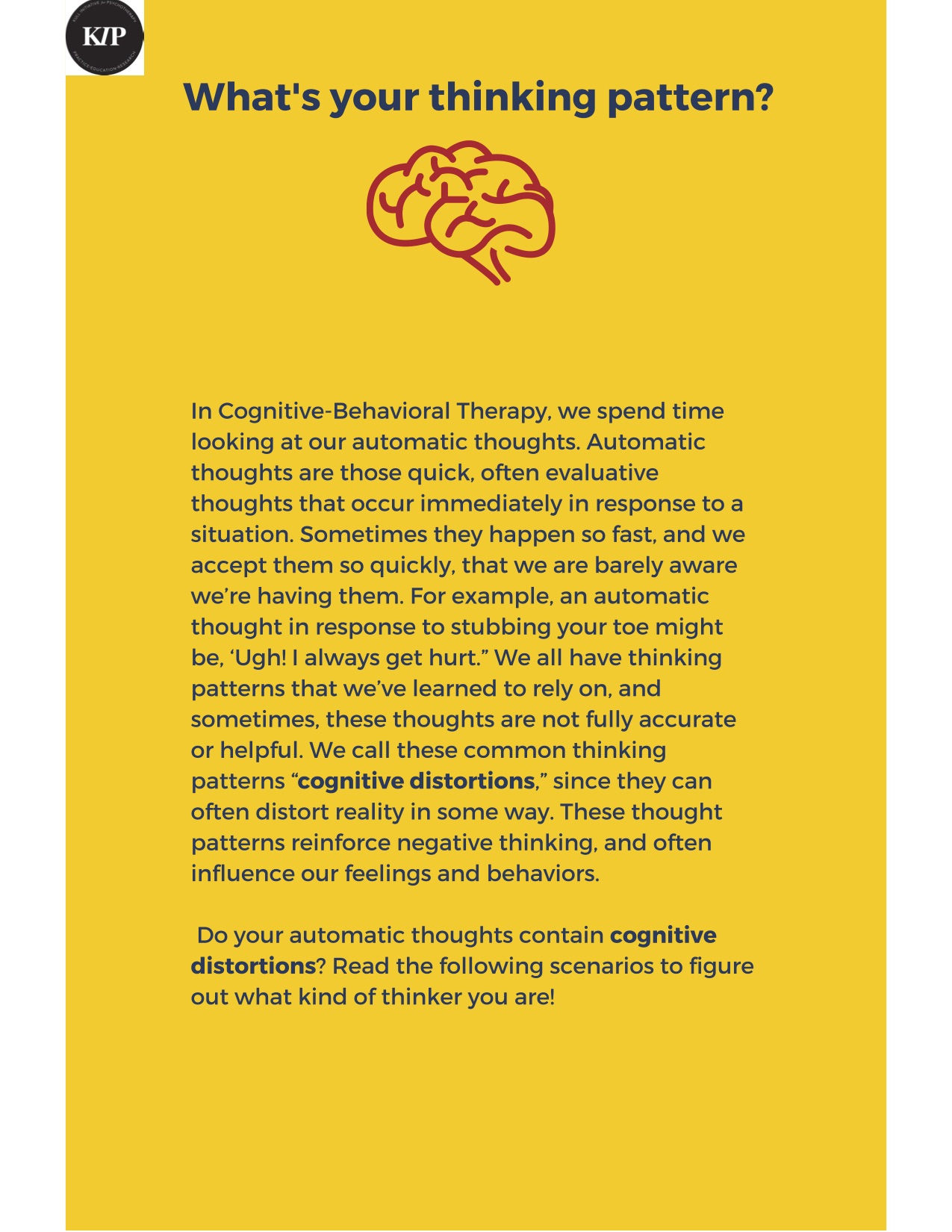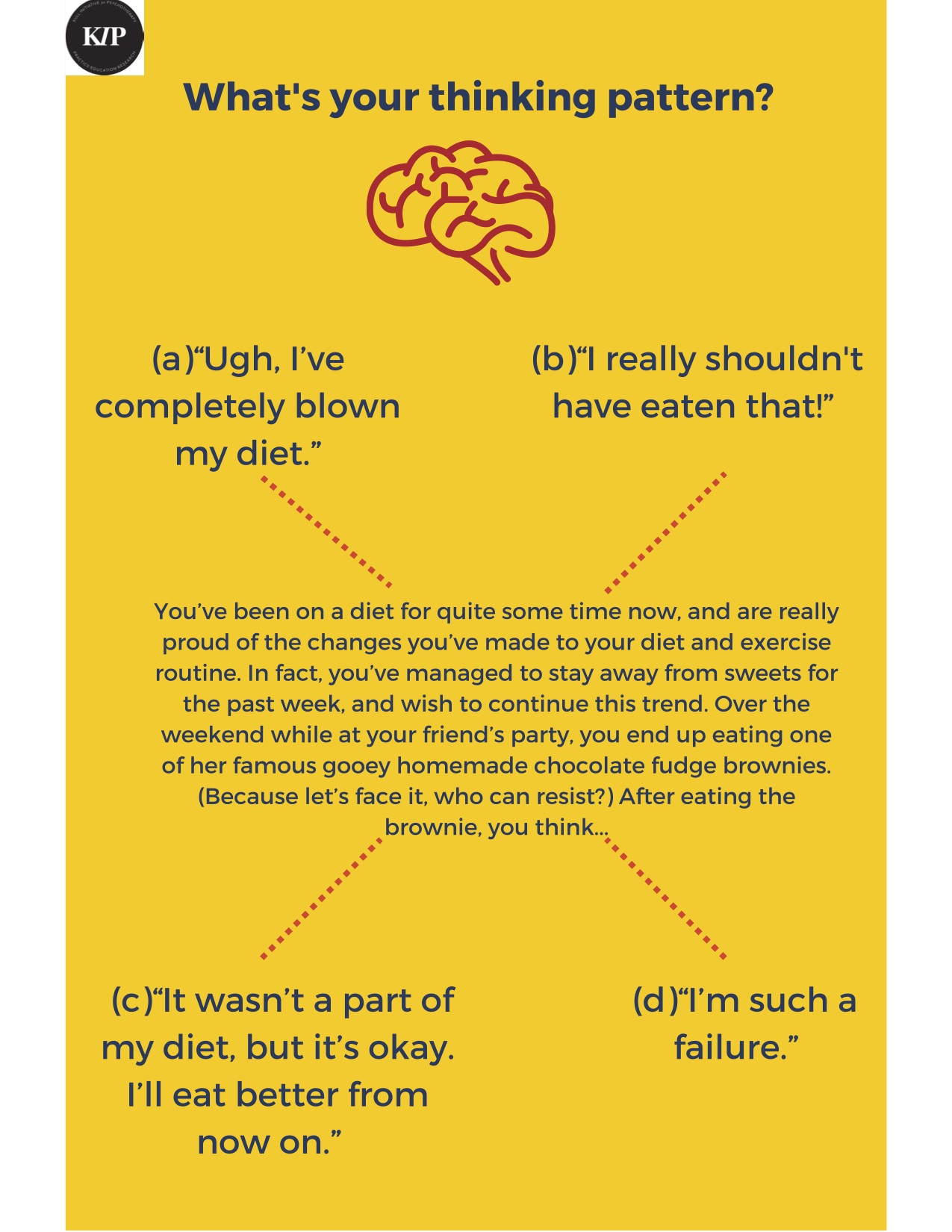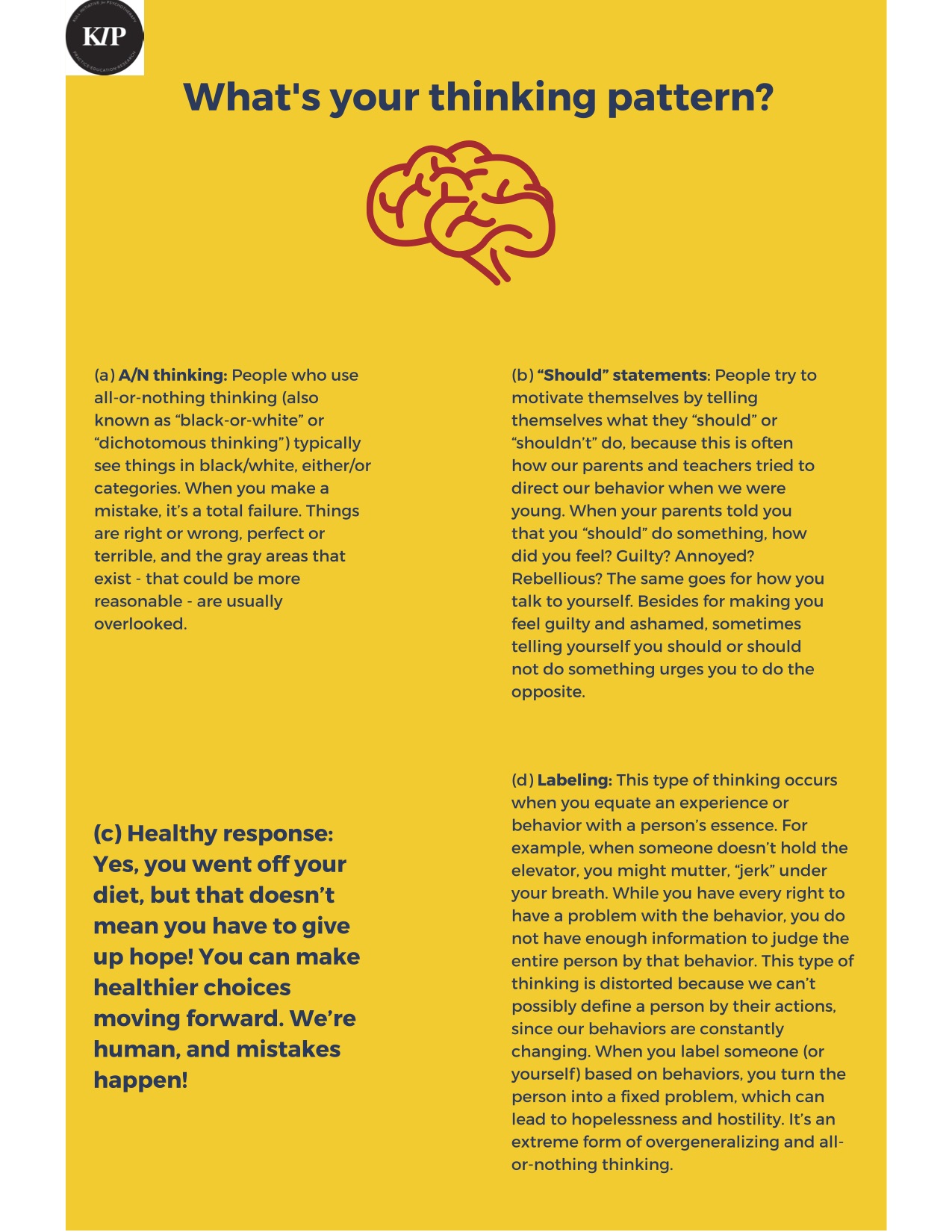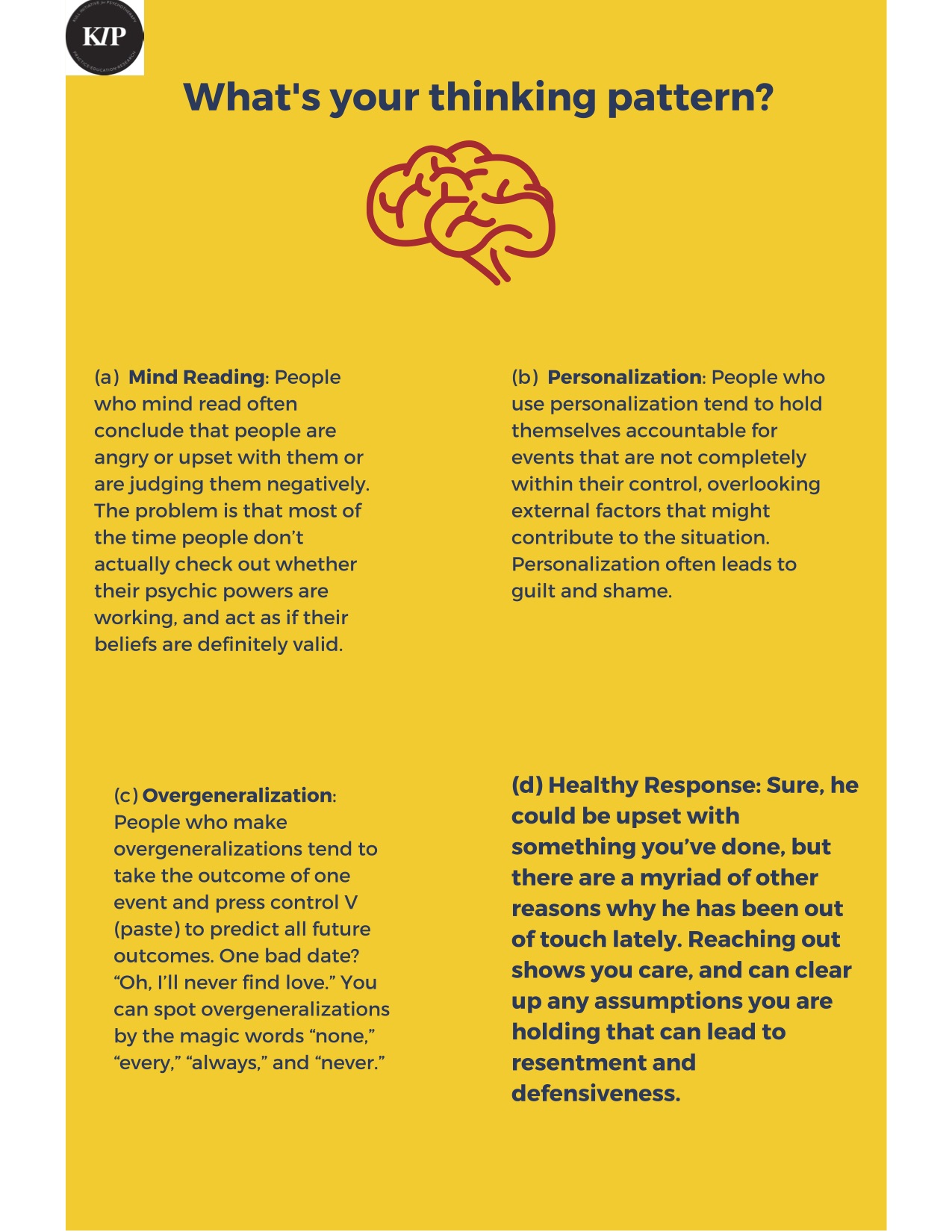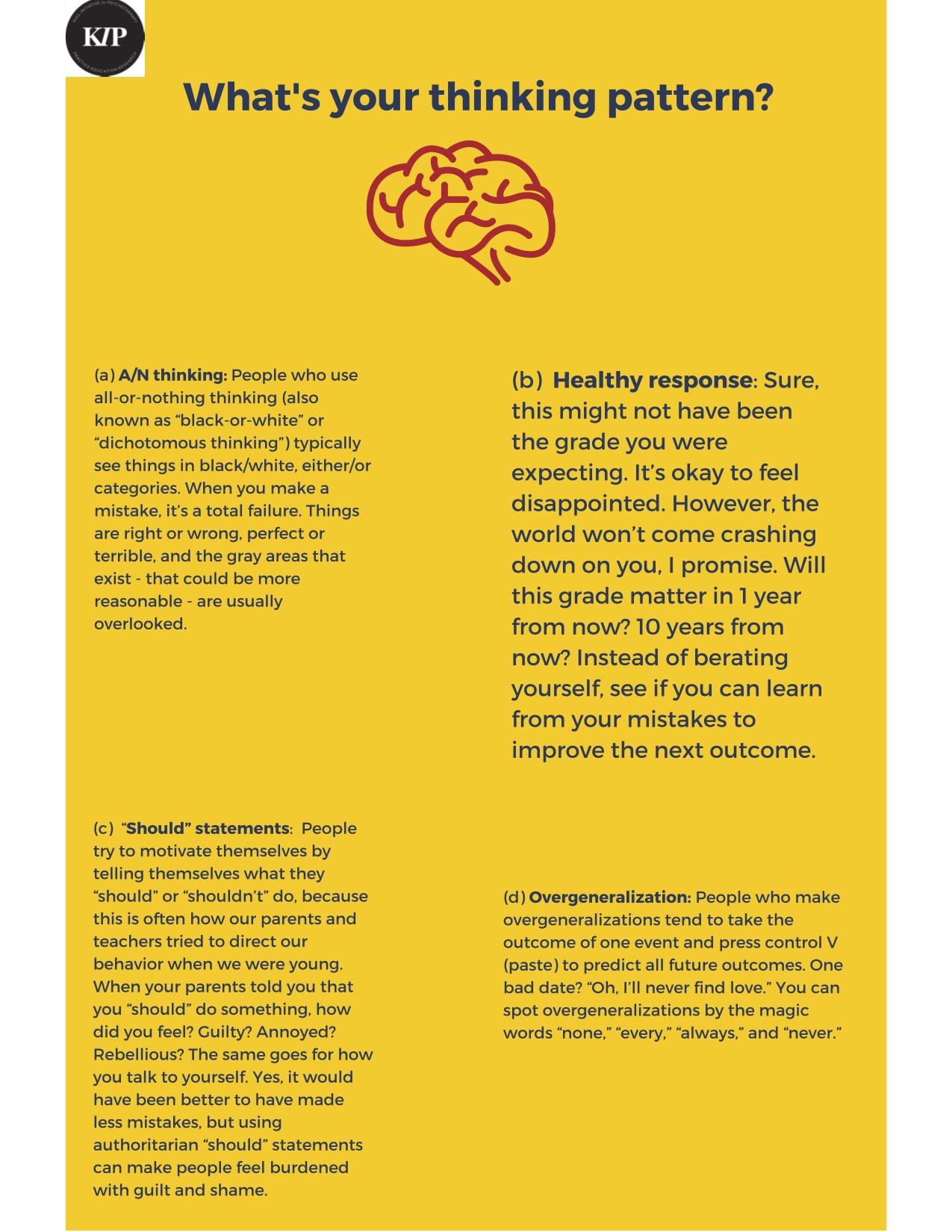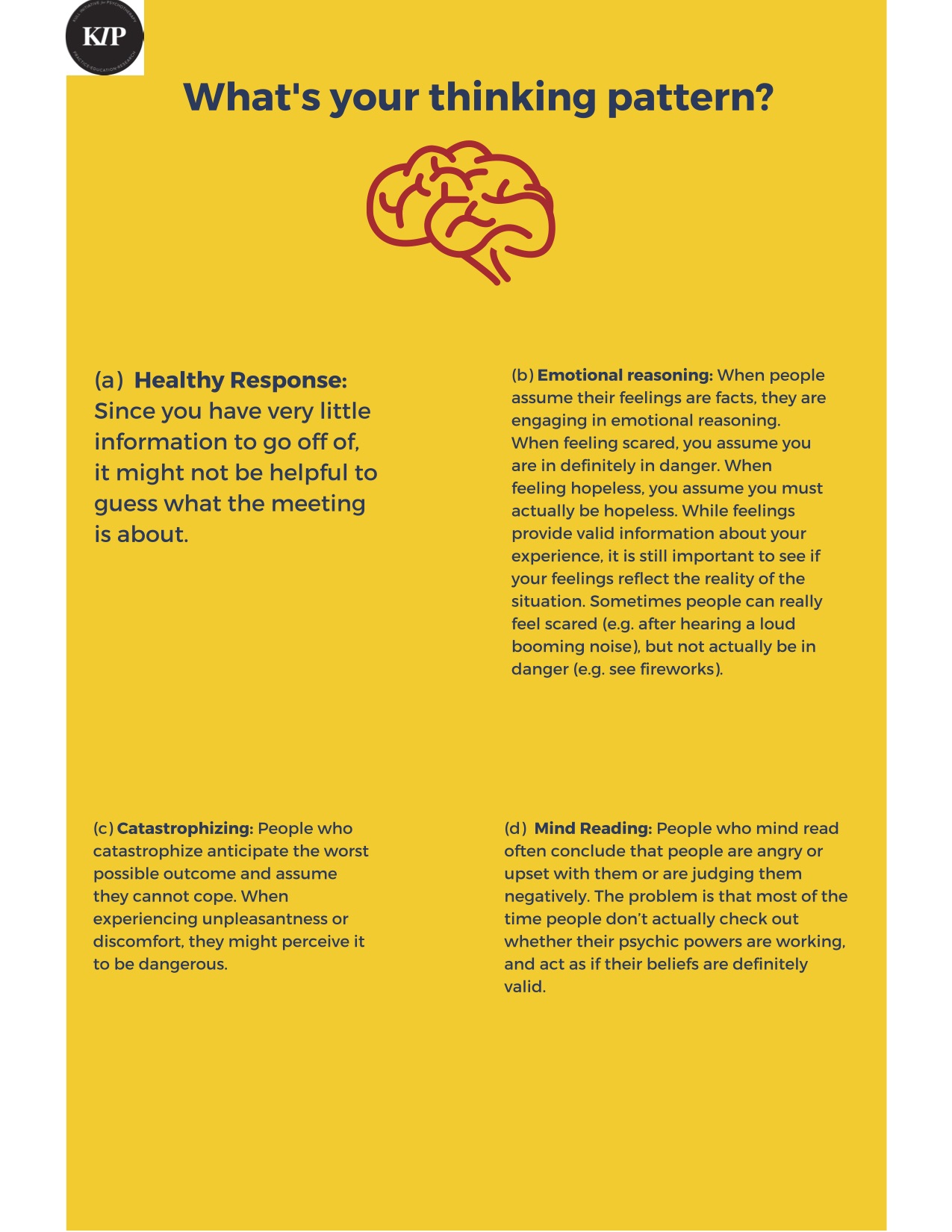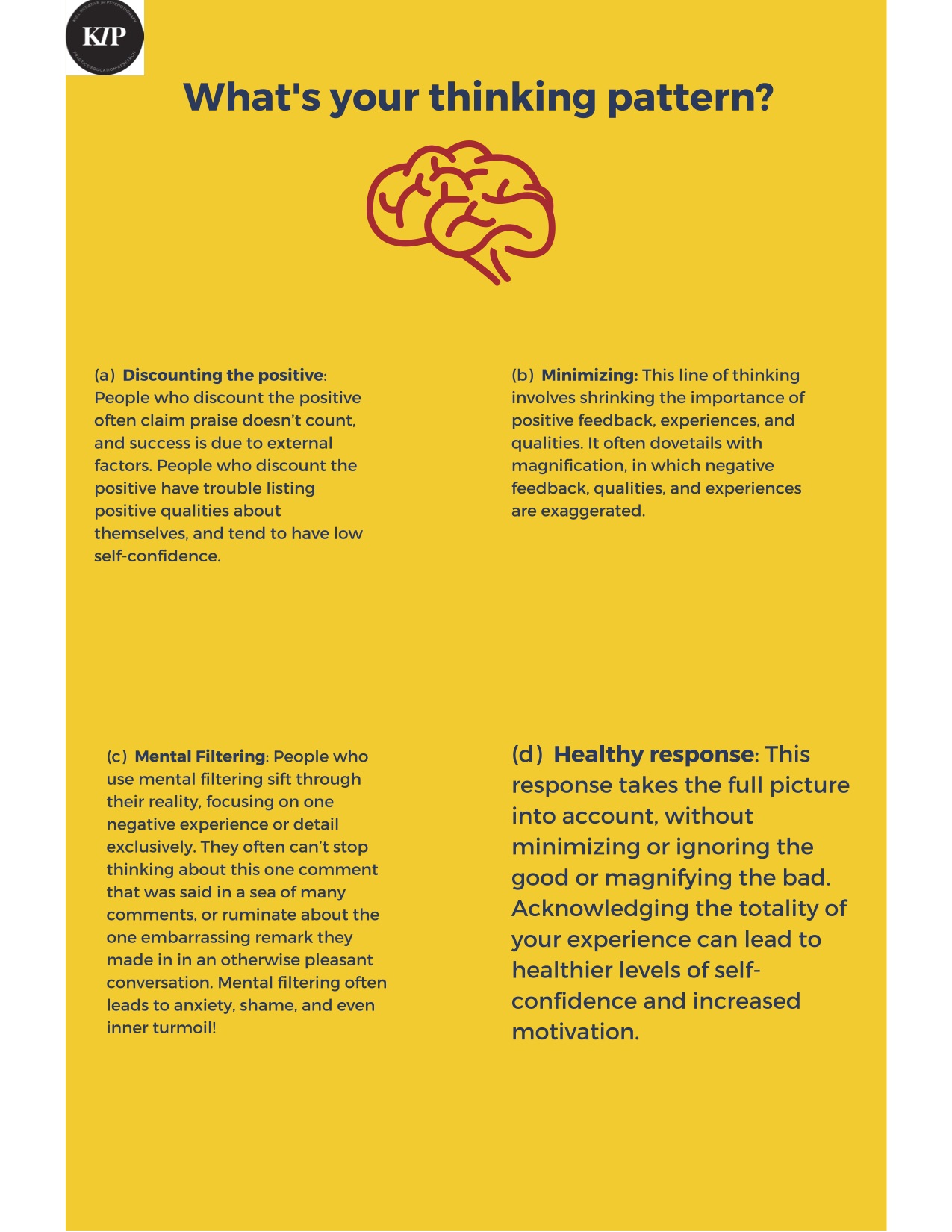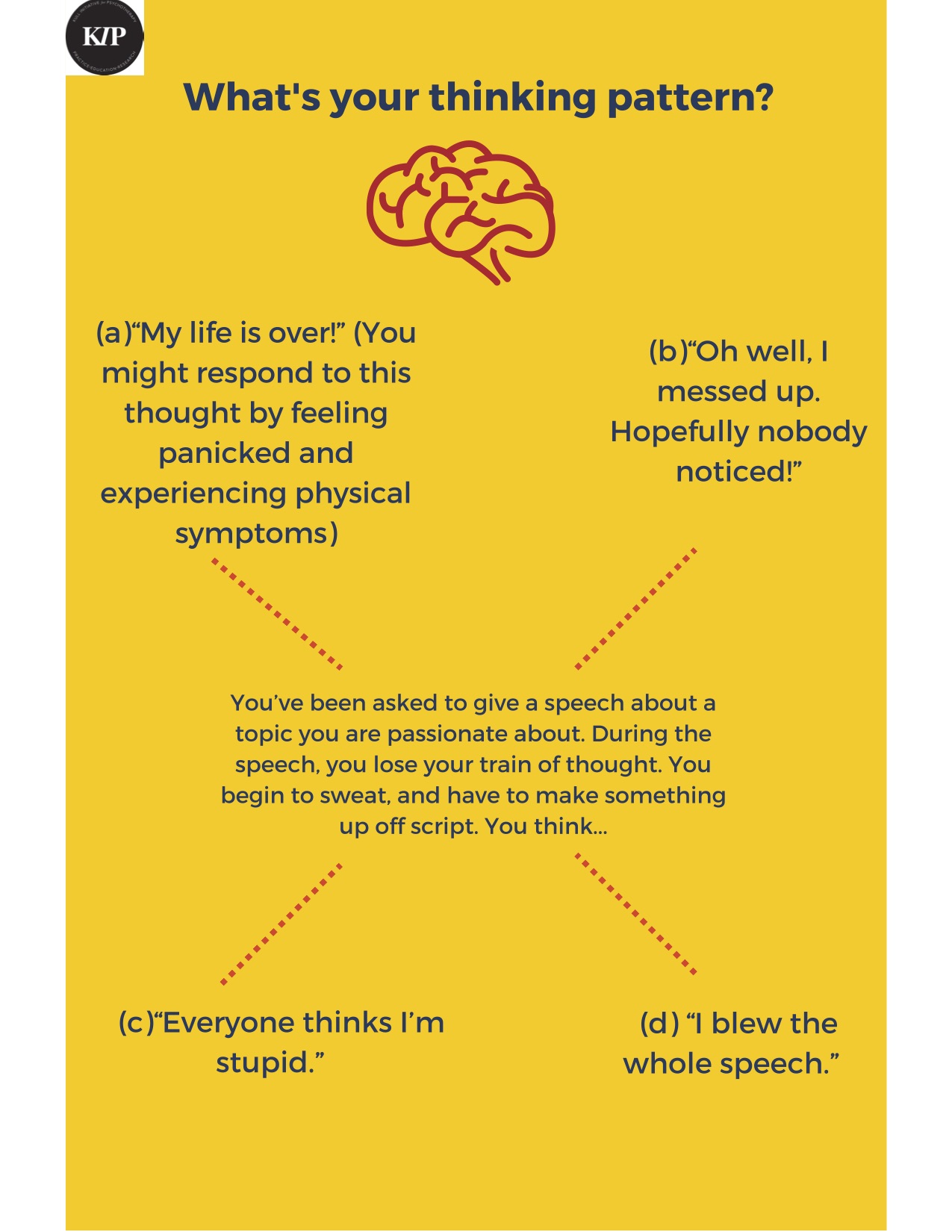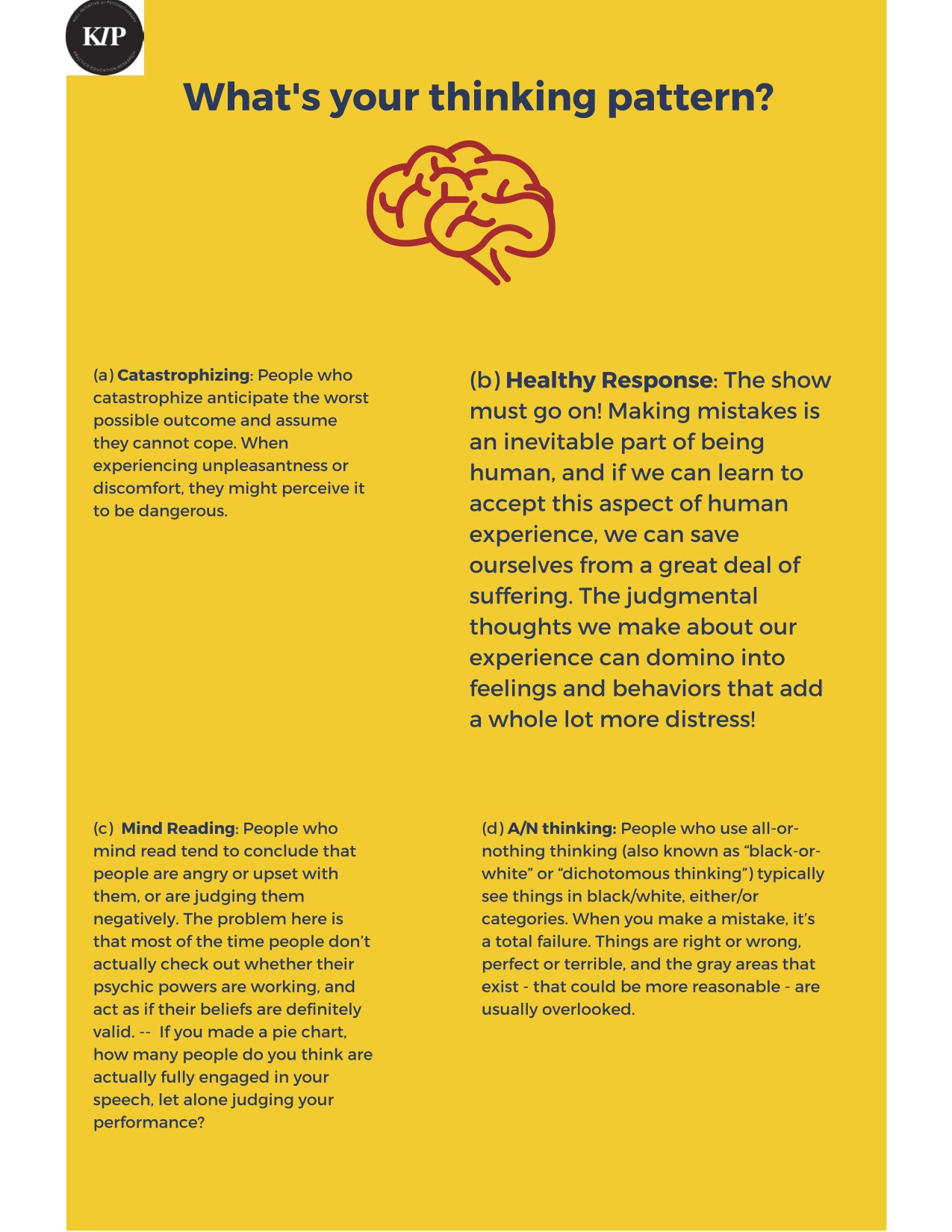Struggling with anxiety? You’re not alone. Check out this comprehensive guide on anxiety and ways to treat it.
4 Ways to Let Go of Anger
“Holding on to anger is like grasping a hot coal with the intent of throwing it at someone else; you are the one who gets burned.” – Buddha
It’s 6:00 PM. You eagerly exit your office, exhaling the long workday out of your system. As you speed-walk away, you look down at your phone to discover an email from your boss. While you read, you can feel your body tense up, filling up with a combination of heat, dread, and annoyance. During your commute, your mind is flooded with negative thoughts about what your boss has asked of you. You’re angry. You continue to hold onto that anger when you walk through your front door. You complain to whomever will listen to you. You get into bed, still ruminating.
Anger—we’ve all felt it. Anger towards our families, our bosses, our friends. Anger towards the person who cut you off, towards the cable company who has put you on hold for the past 50 minutes. Anger is natural and useful—it informs us about our experience with the world and can motivate us to take action, usually in response to a perceived violation or injustice. In this way, anger can be a helpful and sometimes necessary response. We don’t need to feel bad about anger; it’s what we decide to do with the anger that makes all the difference.
To figure out whether your anger is helpful or unhelpful, Dr. David Burns In Feeling Good suggests asking yourself: 1) Has the person I’m angry with acted out of malicious intent? 2) Is my anger helping me take a course of action intended to produce a positive outcome? If you’ve answered no to these questions, you’re likely experiencing what I’ll call unproductive anger.
Why is it unproductive? When you’re stewing in your own anger, you are carrying the brunt of the pain. When you replay the anger-inducing scenario over and over, you intensify and prolong your distress. When you’re so fixated on feeling angry, it’s increasingly difficult to think of ways to improve the situation. Is this type of anger really helping you out, or is it keeping you stuck?
Fortunately, anger doesn’t have to hijack us. Here are (just a few) ways we can harness our anger to decrease its hold on us, allowing us to feel better and make room for more effective choices.
1) Ask yourself, ‘Is this thought useful?’ According to cognitive-behavioral theorists, our emotions and behavior often stem from the way we make meaning of what’s going on around us. For example, imagine two people standing on the same line. Person one has the thought, ‘Why is the cashier so slow? This line is sooo long!’ Person two has the thought ‘There are many people in line today. The poor cashier is working really hard.’ How do you think their moods would differ? Person one would likely feel impatient, frustrated and/or angry; person two might still feel somewhat frustrated, but perhaps also compassionate. The same exact situation gave rise to two totally different perceptions, which likely impacted their moods in different ways.
Knowing that your perception shapes your mood can be extremely empowering. Since you give meaning to what goes on around you, you can choose not to let some situations bother you. When noticing yourself having thoughts leading to frustration and anger, you may ask yourself, ‘is thinking about this now helping me? Is this thought something I want to hold on to right now?’ Often times, when we take a step back and give ourselves the space to reflect, we realize we can let go of a lot of unnecessary thoughts. When we let go, we often feel a lot lighter!
2) Feel it in the body. Sometimes, it’s not so easy to let go of pestering thoughts. When you’re having trouble getting out of your head, it can be helpful to notice what the anger feels like in your body. Do you notice heat or tightness? Bring curious attention to the sensations, observing how they change, perhaps letting go of some of the tension through meditation, breathing, or relaxing the body. This method is a helpful way to get out of your head and view anger from a new perspective.
3) Ask yourself, ‘Is this thought totally accurate?’ Since our perceptions, or what we tell ourselves, can shape how we feel and behave, it’s helpful to look at our thoughts and the specific words we use to see whether our thoughts are totally accurate. It’s amazing how often our thoughts mislead us, allowing us to jump to conclusions, catastrophize, and magnify the negatives. Cognitive-behavioral therapists call these types of thinking errors cognitive distortions.
In the example where someone cuts you off, you might think, ‘What a jerk! I can’t stand it when people cut me off!’ While looking at that thought more closely, you might realize that while being cut off is undesirable, saying ‘I can’t stand it’ is most likely inaccurate. You can stand it. By giving yourself the space to evaluate your interpretations, or simply replacing a word or phrase in your thoughts with a more accurate word or phrase, you might be surprised at how easily you can modify your anger.
4) Empathy. A lot of the time, our anger is caused by what we perceive to be unfair or unjust. For example, when the customer service representative puts you on hold for what seems like forever, you might feel angry with them. However, what you think of as unfair might seem quite fair to the other person. See if you can put yourself in the other person’s shoes. What might it be like to be the customer representative? It is likely that they are trying to help many callers at one time, and could be feeling overwhelmed. Have you ever been in a situation when you had many demands placed on you at one time and were expected to get them done quickly? How did you feel? Changing your interpretation and trying to understand the other person’s possible points of view is frequently an effective way to diffuse anger.
If you find yourself having difficulty letting go, you are not alone. It IS difficult! These strategies take practice, patience, and self-compassion. However, they are certainly rewarding. When you loosen the power of anger, you have more space to come up with productive solutions that will steer you closer to the outcomes you desire.
The relationship between cleaning, your mood, and your mental state
How Love and Money are Connected
Gut Health & Anxiety: What's the Connection and How Do You Treat It?
"I've got this"...The Power of Self-Talk on Performance
(Original posting: http://kiptherapy.com/ive-got-this-the-power-of-self-talk-on-performance/)
Laurie Hernandez, gymnast at the 2016 Olympic games, knows this is her one chance. She has been practicing tirelessly to win a medal, but recognizes the unnerving obstacles: the 4-inch balance beam, the judges, her competitors, the millions of people watching her. The pressure is high.
How does she cope? As she presents to the judges, Laurie mouths “I got this” before mounting the beam.
And guess what? She does have it. Nerves don’t get the best of her. Just like she practiced, she sticks all of her skills and ends up with a medal.
Laurie is not the first athlete who has used motivational self-talk to get pumped up or to reduce nerves. In fact, it’s the secret to optimizing performance. Athletes have long recognized the power of thoughts on physical reactions and consequent behavior, which is why you often see coaches providing motivational speeches before games.
We don’t need to be athletes to understand the effects our thoughts have on our bodies and behavior. Have you ever watched a scary movie, and then imagined scenes from that movie? What happened to your body? Did you notice yourself getting tense, or your heart racing? Did you notice yourself scanning your environment for possible danger? Alternatively, have you ever imagined transporting yourself to your favorite vacation spot? Maybe try it now. Do you notice your body relaxing or your heart slowing?
Since just thinking about an event, even if it’s not actually happening, can affect our body sensations and our reactions, how we talk ourselves throughsituations can have enormous consequence. Think about how you talk to yourself before and during a performance. What do you tell yourself before your presentation? Before an exam? Before asking someone on a date? Let’s look closer at some contrasting examples.
How might “I’m going to blow this” affect your physical reactions and behavior? When you go into a performance with the assumption that something is about to go wrong, you’re likely to feel defeated and anxious, decreasing your motivation and effort levels. It can also alert your internal alarm system – more technically known as the “fight, flight, or freeze response.” The FFF response sets off a chain of physiological reactions to prepare you for life-threatening danger, so you can literally fight, run away, or freeze. This system cannot tell the difference between run-for-your-life danger and the sort of social misfortunes we envision may (or may not) happen! So when you think something along the lines of “I’m going to blow this,” you might notice your heart start to race. You might feel shaky, tense, and choked up. Your body expends energy preparing for the perceived dangerousness of the situation and then you start to get distracted by these physical sensations, making it harder to focus on the task at hand. This increases your chances of wobbling or falling off the metaphorical balance beam, turning into a self-fulfilling prophecy. Not exactly helpful if you’re trying to present at a meeting, take a test, or ask someone out!
Alternatively, let’s imagine a new scenario. Before your presentation/exam/date proposal, like Laurie Hernandez, you tell yourself “I’ve got this.” You remind yourself that you’ve prepared and practiced this many times before, and you are ready for the challenge. This line of thinking might make you feel motivated, calm, energized. Since your body is not preparing for danger, it can harness its energy into the performance itself. When you notice nerves creeping in, you might remind yourself “I’m okay.” This comforting statement is surprisingly effective at turning off your body’s fight, flight, or freeze response, which can reduce the likelihood of experiencing excess physical reactions that get in the way of what you’re doing.
Thoughts are so powerful, which is why we need to mindfully pay attention to how we talk to ourselves and understand how what we say affects our physical reactions. Once we start to notice what we are adding to a situation before we go into it, we can make the changes needed to bring us closer to the outcomes we desire.
What's your thinking pattern?
